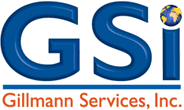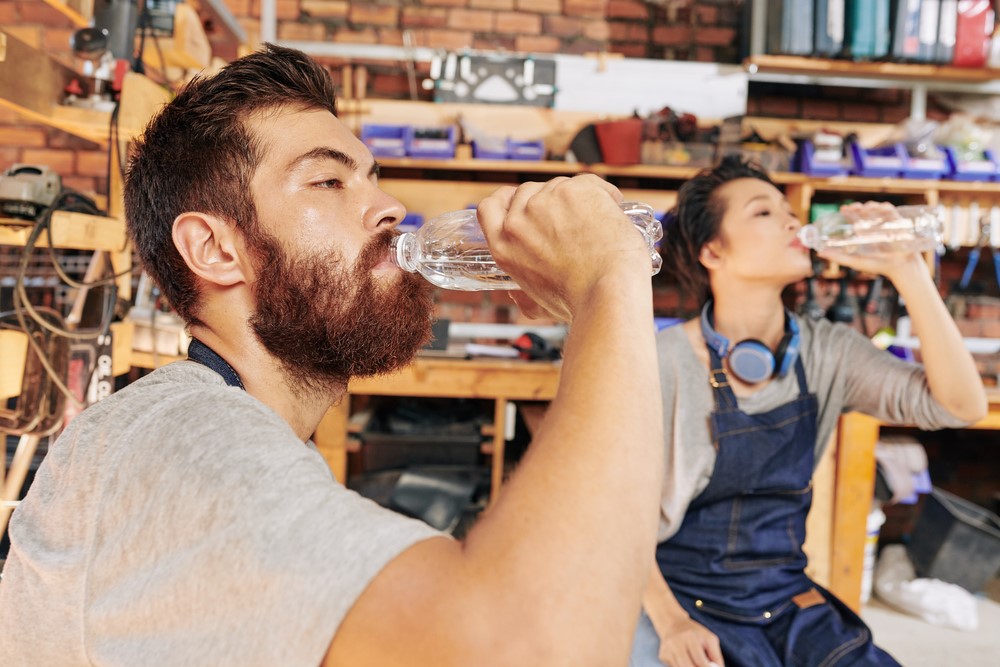
Heat-related injuries are no joke. Not only does heat itself pose bodily danger, but some heat illness symptoms (which include dizziness, lack of awareness, and slow reaction times) are also dangerous on the worksite. Every year, hundreds of workers are injured because of the heat. Unfortunately, some cases become fatal. Therefore, it is crucial to understand heat illnesses, the symptoms, and how you can help your employees stay safe.
Know the Signs
Heat illnesses are caused as your body fights to maintain average body temperatures. This process can send the body into distress, causing a variety of reactions. For example:
- Heat Exhaustion occurs when your body has lost too much water and salt (sweat). Signs of heat exhaustion include:
- Excessive sweating
- Weakness or fatigue
- Dizziness
- Confusion
- Cold, clammy skin
- Fast, weak pulse
- Flushed complexion
- Muscle cramps
- Nausea
- Headache
- Fainting
- Heatstroke occurs when your body is no longer capable of maintaining a healthy temperature. Heatstroke can prove fatal, sometimes causing damage to multiple organs and systems, including the nervous and circulatory systems. Signs of heatstroke include:
- Dry, red, hot skin
- High body temperature (103˚F or higher)
- Fast, strong pulse
- Chills
- Disorientation
- Dizziness
- Slurred speech
- Nausea
- Loss of consciousness
Additional heat-related injuries include heat cramps, heat rashes, and sunburns.
Know the Treatment
As an employer, knowing the symptoms and recognizing the signs of heat-related injuries is only part of the solution. You must also know and understand how to treat heat-related injuries.
- For heat exhaustion, move the employee to a cooler, shaded area. Give them the chance to rest, remove or loosen any unnecessary clothing, and drink water (slowly). Cool them with fans or a damp cloth.
- For heatstroke, call 911! Medical attention is crucial! As you wait, move the employee to a cooler, shaded area and begin cooling them with damp rags or fans. However, do not give them anything to drink.
Practice Preventative Measures
Heat-related illnesses can be prevented with care and awareness. Practice these preventative measures yourself, setting the example and encouraging your employees to do the same:
- Stay hydrated — drink even when you don’t think you are thirsty. Fill up on electrolytes! It helps give your body tools to maintain proper temperature.
- Know non-work-related contributors — alcohol, caffeine, and obesity are all factors that contribute to heat stress/strain.
- Rest regularly in shaded areas.
- Do not go in and out of extreme air conditioning too often — it makes your body work harder to readjust.
- Eat smaller, healthy meals in the worst of the heat.
- Wear lighter, loose-fitting clothing.
Provide Proper Training
Proper training may be your most effective prevention tool. Ensure employees.
- Recognize the symptoms (in themselves and co-workers).
- Minimize the risk with preventative measures and a healthy lifestyle.
- Report symptoms to supervisors immediately.
- Pace themselves and acclimate to the heat.
- Know what to do in an emergency.
We take safety seriously at Gillmann Services. We serve commercial, industrial, mining, manufacturing, and marine construction industries, so heat safety is a priority. If you have questions about what we do and how we can help you, contact us today!






